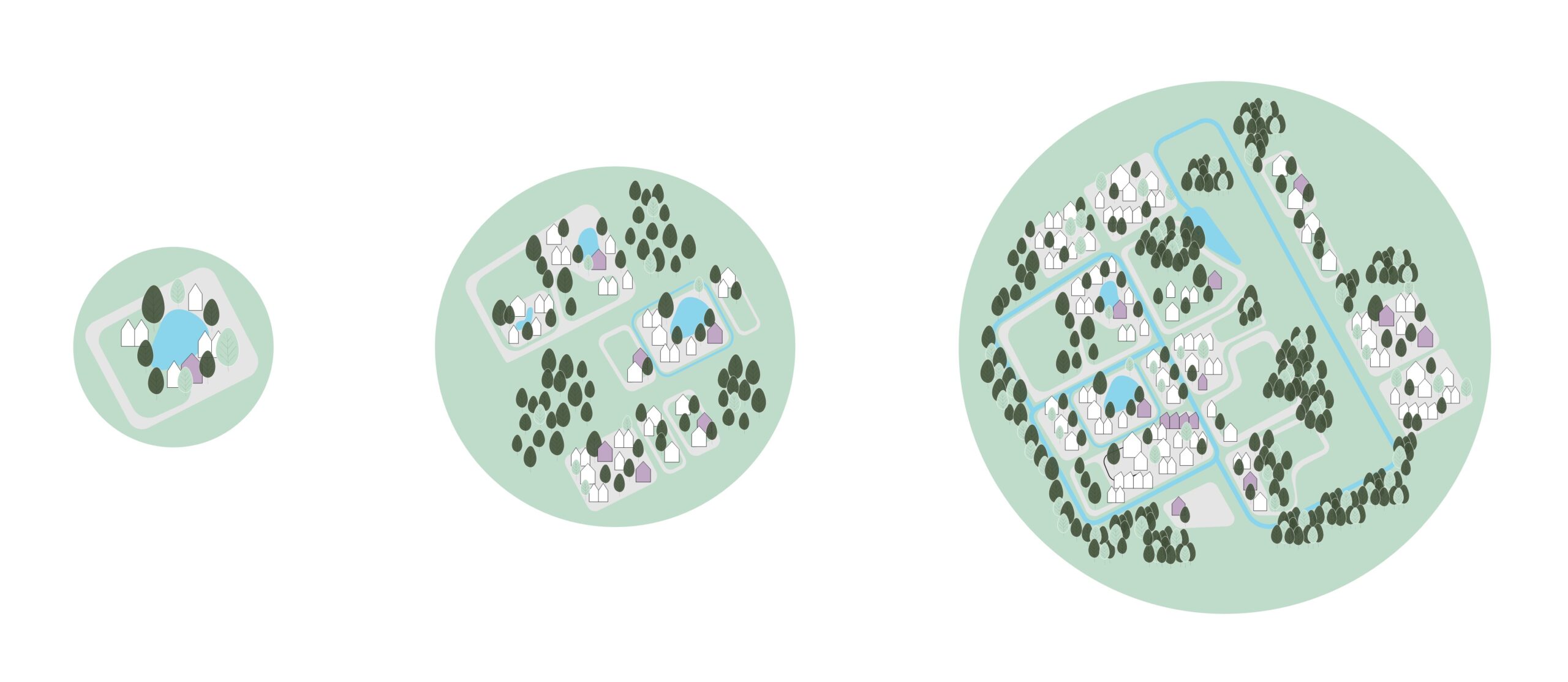By Mark Ratcliff, Communications Specialist at Except Integrated Sustainability –
The term “sustainable” is now ubiquitous across society, yet its actual meaning is elusive and often misunderstood. For example, despite the common assumption, there’s no such thing as a sustainable product or service per se. Instead, it’s the complex set of actors, objects, and interconnected relationships – the entire system in which something exists – that can only be defined as sustainable (or not.)
A system, put simply, is composed of individual parts and interactions that produce some result or outcome. The human body is a prime example of a dynamic and resilient system we can all relate to. A community, a nation’s food supply, or a product’s life cycle are similarly complex systems, meaning they are in a constant state of adaptive transformation. Sometimes systems collapse. A sustainable system is resilient enough to continue performing its intended function (though this can also change over time.)
To accurately assess a system from every possible angle, and design and strategize for sustainability, we must use systems thinking. This article is the first in a three-part series that will help simplify any system, utilizing the SNO (System-Network-Object) Hierarchy, part of the Symbiosis in Development (SiD) integrated system thinking framework.

This image illustrates the core levels of any complex and dynamic system, as defined by the SNO (system-network-object) hierarchy from the Symbiosis in Development (SiD) framework. It provides a baseline for any assessment and design for sustainable development and strategizing.
The System Level: Setting Boundaries
The system level of a ‘system’ refers to the determined limits of a system. It sets a focus for analysis and limits what to include to avoid never-ending deliberation. It contains both the network and object levels.
A system’s boundary can be a region’s borders, a timeline, or a product’s life cycle. As they are dynamic and effectively ‘living’ in reality, the parameters of a system are constantly shifting. Likewise, boundaries need to be reassessed and can also change over time.
A Dynamic and Adaptive Edge
It’s important to have limits to a system before analysis. However, due to behaviors like a change in climate, new or obsolete roles, or the birth and decay of natural resources, this defined ‘edge’ must be flexible – particularly in the beginning.
For example, an urban planner studying the transportation network of a particular neighborhood must look beyond the immediate community and include the surrounding region or the entire city of which the district is intrinsically a part.
As an assessment moves on, the system’s limit can be modified to allow for simplification or, in some circumstances, include more factors. When beginning, and to ensure all relevant aspects are captured, it’s recommended to create a system’s boundary at least one step beyond the assumed boundary of the issue.

It’s essential to have a determined boundary for systems analysis. However, much like dynamic systems grow and change – both over time and physical space – so is the need to account for additional factors and adjust the limits that define them.
Externalities Beyond a System
A system’s boundary simplifies the scope of analysis and is essential, though it must remain flexible, primarily to include and account for externalities. Externalities refer to unintended or unaccounted consequences from production, consumption, or operations that affect factors beyond a defined system. Generally, this refers to effects on natural resources, public health, and well-being and revealed in outcomes like pollution, deforestation, or diminished human rights.
In summary
The system level is the most abstract of the three layers but is where impacts are most apparent. Therefore, it can be the most insightful. For a complete systems analysis and a shift toward systemic and integrated sustainability, it’s vital to define and evaluate a system’s boundary. However, to account for dynamic change and external effects, the exact edges of a system must remain flexible and dynamic. The next installment on the anatomy of a system will discuss the “object level.”
LINKS:
- THINKING IN SYSTEMS PART 1: THE SYSTEM LEVEL
- THINKING IN SYSTEMS PART 2: THE OBJECT LEVEL
- THINKING IN SYSTEMS PART 3: THE NETWORK LEVEL
All views and opinions expressed on this site are those of the individual authors and comments on this site are the sole responsibility of the individual contributor.

